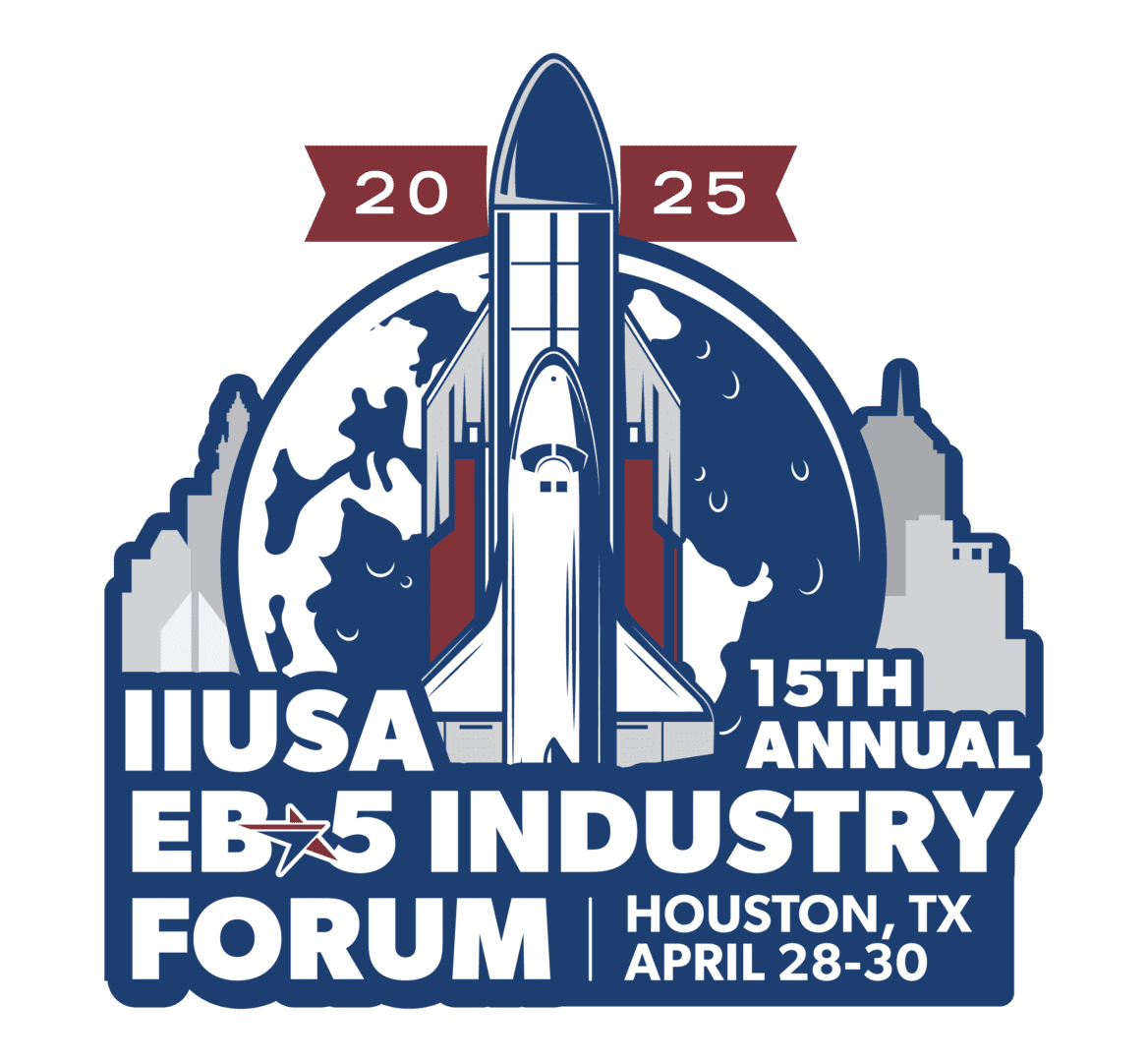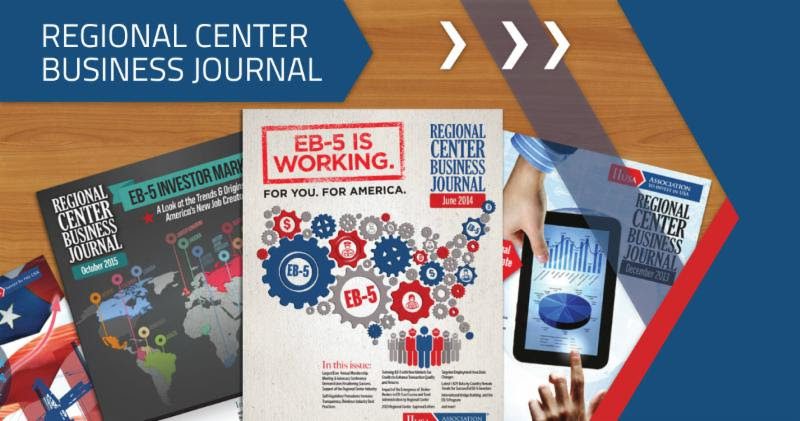Third Party Fund Administration: A Necessary Best Practice
by Edward Beshara, Managing Partner, Beshara P.A., Attorneys at Law
The Best Practice Committee of IIUSA recently finalized a provision which addresses Third Party Fund Administration as a recommended Best Practice for Regional Centers and Project Developers. This newly recommended Best Practice reads as follows:
12. If a developer, acting as the issuer, puts together the professional team that will be preparing the EB-5 project and/or offering documents, the regional center should insist on a right to have its own or an independent third-party professional team review and provide comment on all documents. The regional center as an issuer will usually have its own team of professionals to prepare the EB-5 project and offering documents. If the EB-5 project wants to have its own team of professionals to review and comment, this may not be enough.
– A Regional Center should utilize a fund administrator that is independent of the job creating enterprise to implement due diligence fund control measures in order to track the lawful source, transfer, use and disbursement of funds.
-A Regional Center should obtain at least reviewed and ideally audited financial statements for all NCE’s and JCE’s.
-The regional center should actively monitor, or by written agreement, cause others to actively monitor, the ongoing activities of the project during the conditional residency period. This monitoring can include, but not be limited to the following:
- Tracking of construction expenditures through recording of invoices and canceled checks on a quarterly basis,
- If the project includes an operational phase of a business which is expected to create jobs, then the tracking of business-generated revenues, if the expenditure approach was used to estimate job creation at the I-526 stage, or the tracking of direct employee hiring through I-9s, E-Verify records and/or quarterly payroll records.
IIUSA Recommended Best Practices for EB-5 Regional Centers, at https://iiusa.org/regional-center-operations/.
Currently, EB-5 investors commit their personal funds (e.g. a principal investment of USD $500,000 and average administration of USD $55,000) to the Issuer, NCE (New Commercial Enterprise) which may be controlled by the Regional Center and/or the EB-5 Project Developer.
In each EB-5 project the intended uses of the EB-5 investor funds and non-EB-5 funds are stated in the required EB-5 project documentation including the Business Plan, Economic Report, and Securities Offering Documents.
When banks lend funds to the Project in the form of a construction loan, they monitor how the construction loan funds are being used and when, according to the construction timeline and construction budget. However, there is no SEC (U.S. Securities and Exchange Commission) regulation or USCIS (U.S. Citizenship and Immigration Services) regulation requiring reporting by the EB-5 Project, Regional Center, or Issuer of whether the EB-5 investor’s funds or non-EB-5 funds have been used or committed consistently with the construction timeline and/or construction budget stated in the EB-5 supporting documentation.
If the USCIS, SEC, and banks (or financial institutions) do not require the EB-5 Project or Issuer to report to the EB-5 investors how the non-EB-5 and EB-5 funds are being used, then how can the EB-5 Investor be assured that the EB-5 Project is using the non-EB-5 and EB-5 funds correctly and consistent with the Business Plan and Economic Report? The securities offering documents clearly provide the investor with the opportunity to review the Business Plan and Economic Report, which state how the non-EB-5 and EB-5 funds are going to be used, before the investor signs the Securities Offering Document committing their funds to the EB-5 project. Most importantly, the foundational premise for the EB-5 Investors to obtain conditional and unconditional permanent residency, and for the opportunity to execute a successful exit strategy, is that the non-EB-5 funds and EB-5 Investor funds are used correctly and consistent with the Economic Report and Business Plan.
The Best Practices Committee has recommended in clause 12 that there should be a Third Party Fund Administrator hired by the EB-5 Regional Center and/or Issuer and/or EB-5 Project Developer to audit and report how the non-EB-5 and EB-5 funds are being used. The fund administrator would address the consistency of the expenditures with the Business Plan and Economic Report, and report these findings to each investor on a monthly or quarterly basis. This approach will, no doubt, give piece of mind to the EB-5 Investors, especially in light of some of the fraudulent activities and misuse of non-EB-5 and EB-5 funds in some EB-5 Regional Center Projects.
The additional advantage of having a Third Party Fund Administrator is that the report of how the funds are being used may be sent directly to the investor, eliminating the possibility of an EB-5 Regional Center or Project changing or amending an accurate report. Of course, the Third Party Fund Administrator would provide the opportunity to the Regional Center EB-5 Project to clarify and change any misstatement of facts.
The Third Party Fund Administrator can also provide a Due Diligence Report on each individual investor, and their sources of funds, to make sure the EB-5 Regional Center Project is not receiving any AML funds or unlawful funds. These Due Diligence Reports would definitely be useful for the EB-5 projects’ banks involved in providing escrow accounts for the EB-5 investors and non-EB-5 funding for the project.
A Third Party Fund Administrator can also initially provide a true valuation of the assets of the project such as land, building, etc., so that in case of a loan model where the job creating entity repays the loan to the NCE, the collateral (land, buildings, etc.) used for the repayment of the loan has a true valuation. This valuation would also be helpful to show the investors that the EB-5 Regional Center Project will have financial viability at the time the investors can exit the project.
For all of the above reasons, the Best Practices Committee has recommended the Third Party Fund Administration as a recommended Best Practice. In conclusion, the only way to ensure clarity and integrity to the investors and to the financial institutions that provided financial support for the EB-5 Regional Center Project, is the implementation of this Best Practice, Third Party Fund Administration.








